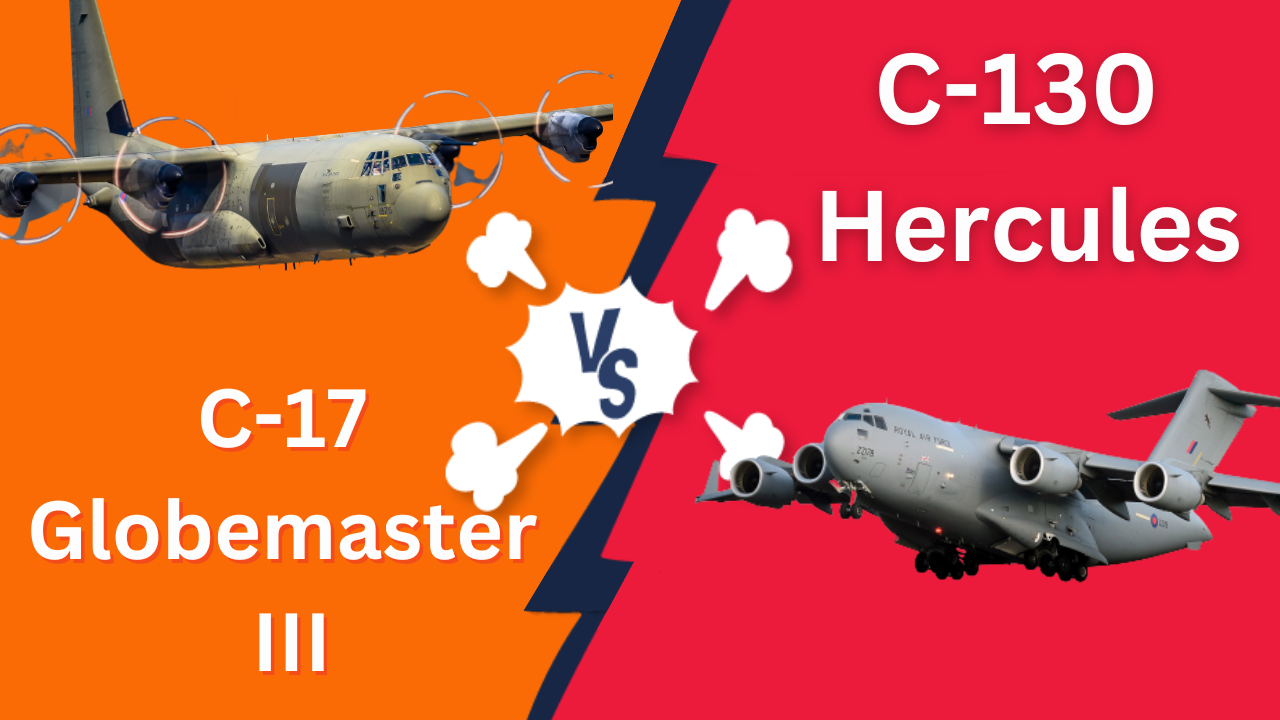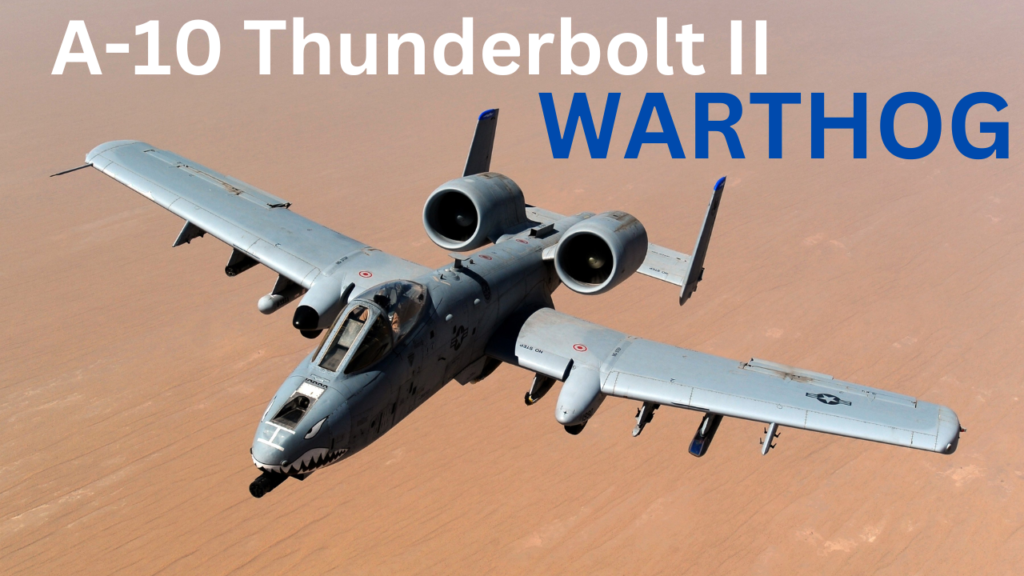
The OEM Team at Fairchild Republic Company, now part of Northrop Grumman Corporation Aeronautics Systems Eastern Region in Bethpage, New York, and St. Augustine, Florida, designed and built the A-10 Thunderbolt II—also known as the Warthog, the ‘flying gun,’ and the Tankbuster—for the United States Air Force.
The A-10’s primary function is to provide close air support (CAS) to friendly ground troops by attacking armored vehicles, tanks, and other enemy ground forces.
It is the only production-built aircraft specifically designed for close air support (CAS). It was an invaluable asset to the United States and its allies during Operations Desert Storm and Noble Anvil.
It played a major role in Operation Desert Storm, helped Nato operations in reaction to the Kosovo crisis, and was employed in both Operation Enduring Freedom in Afghanistan and Operation Iraqi Freedom.
The A-10’s short takeoff and landing distance make it useful for usage from forward air bases. The plane can fly for vast distances (up to 800 miles), stay in the air for lengthy periods of time, and can even hang around in the middle of a battle.
Pilots like the A-10’s reliability and adaptability and the aircraft’s great survivability mean it is often used in a variety of roles. Further, the ability to maneuver at low speed and low altitude (below 304 m or 1,000 ft) enable precise targeting and weapon delivery regardless of the terrain.
Mission
The first Air Force aircraft specifically created for close air support of ground forces is the A-10C Thunderbolt II. They can be used against all ground targets, including tanks and other armored vehicles, as well as light maritime attack aircraft because they are simple, reliable, and durable twin-engine jet aircraft.
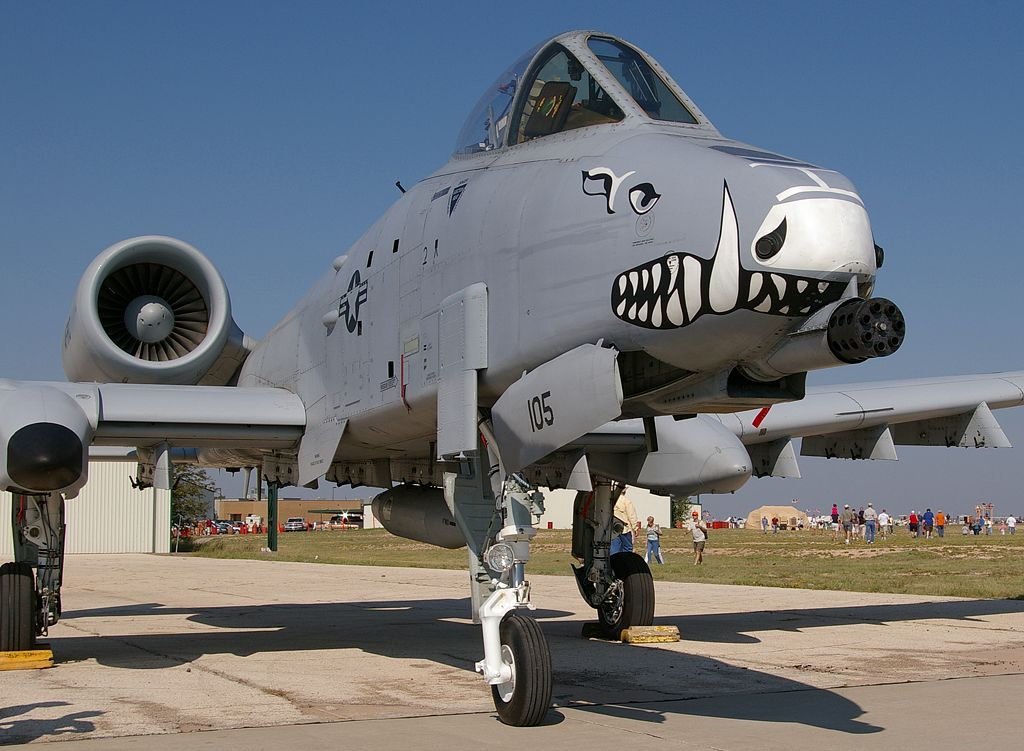
Close-Air Support (CAS)
For Close-Air Support (CAS) functions, the design had to meet a few unique criteria that set it apart from other strike fighters on the market. This aircraft might have to take flight during an intense battle, making it a target for small weapons, powerful ground-based artillery, and missile batteries. Survival was so crucial for both the pilot and the machine.
The aircraft’s crucial internal operating components (hydraulics, avionics, and fuel) would also have to be built in such a way that they could keep the aircraft aloft even after suffering combat damage that would do in almost any other airplane. The pilot would need to sit in a reasonably armored environment.
The aircraft would need to be strongly equipped and capable of an outstanding payload output because it would be responsible for striking both heavily and lightly armored ground targets. The new design would also need to utilize effective engine power in order to maintain essential fuel reserves and be able to hover in a target area for hours before being summoned to action by ground forces or leadership.
A-10 Thunderbolt Cockpit
The single-seat cockpit is completely armoured, and the pilot is protected by a titanium “bathtub” structure that is up to 3.8 cm thick. Large bulletproof bubble canopies provide excellent all-around vision in the cockpit.
A tactical air navigation (TACAN) system, an inertial navigation system, a Have-Quick secure radio communications system, and a head-up display are all included in the cockpit.
With the embedded global positioning system (GPS) or inertial navigation system (EGI), which pinpoints the precise location of the aircraft, Lockheed Martin has started delivering 21 USAF A-10 aircraft. Additionally, BAE Systems terrain profile matching systems will be installed on the aircraft. Night vision goggles and the Maverick AGM-65’s infrared imaging display are both provided for the pilot.
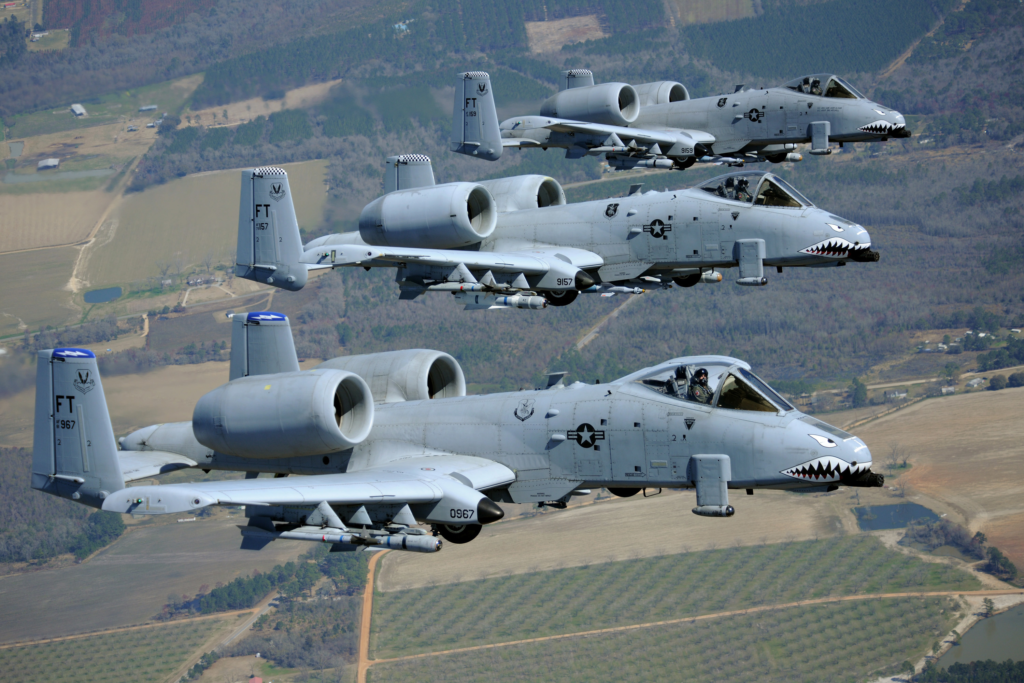
Features
The A-10C maintains a highly accurate weapons delivery platform while providing great mobility at low airspeeds and altitudes. They are able to land in harsh conditions, linger close to the action for extended periods of time, and operate in conditions with visibility of 2.4 km (1.5 mi) and ceilings of 303.3 m (1,000 ft).
They can also operate above, below, and in adverse weather conditions thanks to their capacity to carry precision-guided and unguided missiles. Operations in and out of positions close to front lines are made possible by their extensive combat radius and quick takeoff and landing capability. A-10C pilots may fly missions at night by donning night vision goggles.
Night Vision Imaging Systems (NVIS), single-seat cockpits that can accommodate goggles, Helmet Mounted Cueing Systems, and a sizable bubble canopy that gives the pilot all-around visibility are all features of Thunderbolt II aircraft. Titanium armor that also shields some of the flight-control systems protects the pilots. The aircraft has greater close air support survivability than earlier models because of redundant primary structural parts.
The aircraft can withstand direct blows from 23mm high explosive and armor-piercing ammunition. Foam on the inside and outside of them protects their self-sealing fuel cells. They have manual flight controls in addition to their redundant hydraulic flight controls. This allows planes to take off and land without the use of hydraulics.
Despite having few facilities, the Thunderbolt II may be maintained and operated from bases close to the action. The engines, main landing gear, and vertical stabilizers are only a few of the sections of the aircraft that may be switched between the left and right sides.
Equipment used in avionics systems includes night vision goggles, GPS, inertial navigation, fire control, and weapons delivery systems.
Weapons
The aircraft has 11 storage pylons, giving it a 7,260kg (16,005 lb) external load capacity. The three fuselage pylons can be arranged to carry the weights on either the center pylon or the two flanking pylons.
The aircraft is capable of having a Pave Penny laser guidance system and electronic support measures placed in a pod on the starboard fuselage pylon for missile guidance. Three storage pylons are located outboard, and one is located inboard of the wheel fairing on each wing.
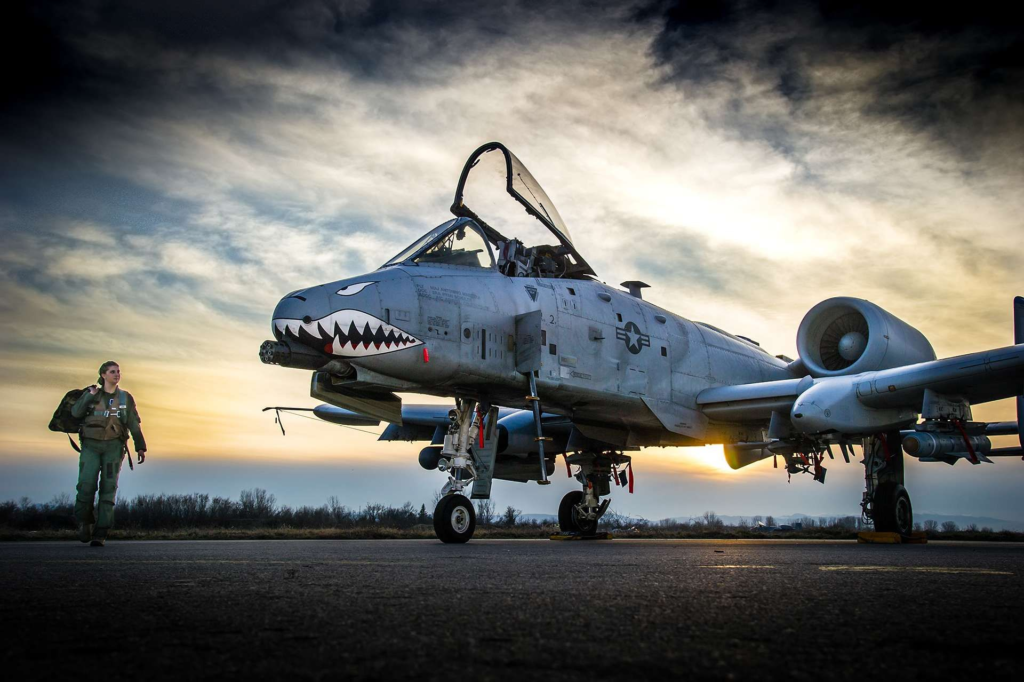
Up to ten Maverick air-to-surface missiles can be carried by an A-10. The Raytheon Maverick AGM-65 missile uses a number of guidance systems, such as infrared image guidance, as well as a range of warheads, including a 57 kg (125 lb) conical-shaped charge warhead with high penetration. Range exceeds 45 km (27 mi). The Sidewinder air-to-air missile, an all-aspect short-range missile with a top speed over Mach 2, can also be carried by the A-10.
The LDGP mk82 226kg (500lb) general-purpose bombs, the BLU-1 and BLU-27/B Rockeye II cluster bombs, and the cluster bomb unit CBU-52/71 are just a few examples of the diverse weaponry that the A10 is capable of dropping.
An A-10 has successfully incorporated the Northrop Grumman Litening ER (extended range) targeting pod. A 640×512 thermal imager, CCD TV, rangefinder, IR marker, and laser designator are included in the Listening ER. A General Dynamics GAU-8/A Avenger 30mm gun is installed in the nose of the aircraft and serves as the weaponry.
The A-10 can disable the main battle tank from a distance of more than 6,500 m (21,325 ft) away by firing its cannon. The cannon can fire a variety of projectiles, such as 0.75kg (1.65 lb) of armor-piercing incendiary rounds (API) or 0.43kg (0.94 lb) of uranium-depleted API rounds.
There are 1,350 rounds of ammo in the magazine. A firing rate of 2,100 or 4,200 rounds per minute is an option for the pilot.
Engines
Each of the two TF34-GE-100 non-afterburning turbofan engines from General Electric produces 4,111 kg (9,065 lb) of thrust. Because the engines are high on the fuselage, the pilot can still control the aircraft with only one working engine.
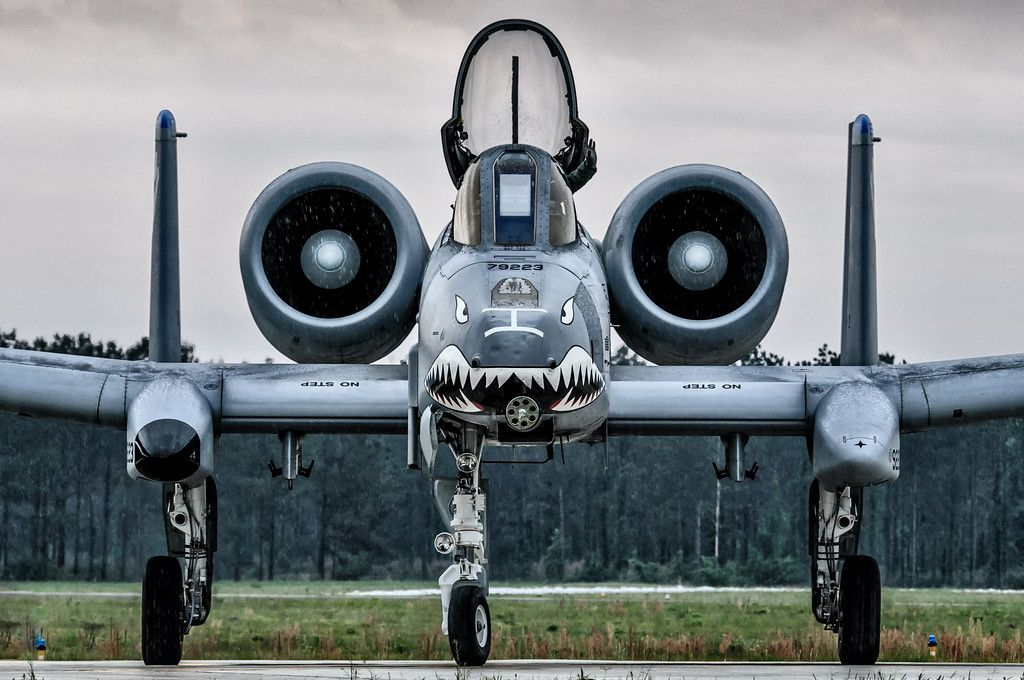
Specifications
Basics
| Data | A10 Warthog |
| Origin: | United States |
| Year: | 1976 |
| Crew: | 1 |
| Production: | 713 units |
Dimensions and Size
| Dimensions | A10 Warthog |
| Length: | 16.3 m (53.3 ft) |
| Wingspan: | 17.5 m (57.5 ft) |
| Wing area: | 47.0 m2 (506 sq ft) |
| Height: | 4.5 m (14.7 ft) |
| Weight: | 12,700 kg (27,999 lb) |
| Power: | 2 x 40.32 kN (9,065 lbf) |
Performance
| Specs | A10 Warthog |
| Max speed: | 707 kph (439 mph) |
| Range: | 763 km (474 mi) |
| Ceiling: | 10,575 m (34,695 ft) |
| Thrust/weight: | 0.36 |
| Fuel Capacity: | 4,990 kg (11,000 lb) |
| Wing loading: | 482 kg/m2 (99 lb/sq ft) |
| Rate of climb: | 30 m/s (6,000 ft/min) |
FAQ
- Are A-10 Thunderbolts still in service?
- Now, the service intends to phase out A-10s starting in the fiscal year 2023, which began on October 1, 2022. Before the F-35 takes over the Warthog’s mission, 21 A-10s will be temporarily replaced by F-16s as part of the process.
- Has the A-10 ever shot down an aircraft?
- An Iraqi Bo-105 helicopter was shot down by Robert “Swaino” Swain of the 706th Tactical Fighter Squadron (TFS) when he was piloting the A-10A No. 77-0205.
- How many A-10 Warthogs have been shot down?
- Only five A-10s were lost out of the more than 8,000 combat sorties flown by the A-10 force. Forty-five of these aircraft returned with light damage that had been fixed in-between sorties, while twenty of them had sustained significant battle damage.
- How many A-10 Thunderbolts does America have?
- The US Air Force, US Air Force Reserve, Air Combat Command, and Air National Guard currently operate over 367 A-10 aircraft.
- Can the A-10 fly with one wing?
- The plane is built to be able to fly even without one engine, one elevator, one tail fin, or one wing. The cockpit and some of the flight-control systems are shielded by a “bathtub”-shaped piece of 540 kg (1,200 lb) titanium aircraft armor.
- Can an A-10 take out a tank?
- The over 40-year-old A-10 attack aircraft can destroy even contemporary tanks with its gun, according to a US Air Force test. Attack aircraft were tested by the air force against main battle tank substitutes equipped with explosive reactive armor. The GAU-8 Avenger cannon on the aircraft has a 3,900-round capacity.
- How many tanks have the A-10 destroyed?
- The Warthog would be credited with the destruction of more than 900 tanks, 2,000 military vehicles, and 1,200 pieces of artillery by the time it was all over. The A-10’s durability and efficiency are demonstrated by the fact that it is still in use after 29 years.
- Can an A-10 dogfight?
- Everyone is aware of the A-10’s ability to hurt ground targets unlike any other aircraft in history, but it is also a force to be reckoned with in dogfights due to its small turning circle and potent gun.

